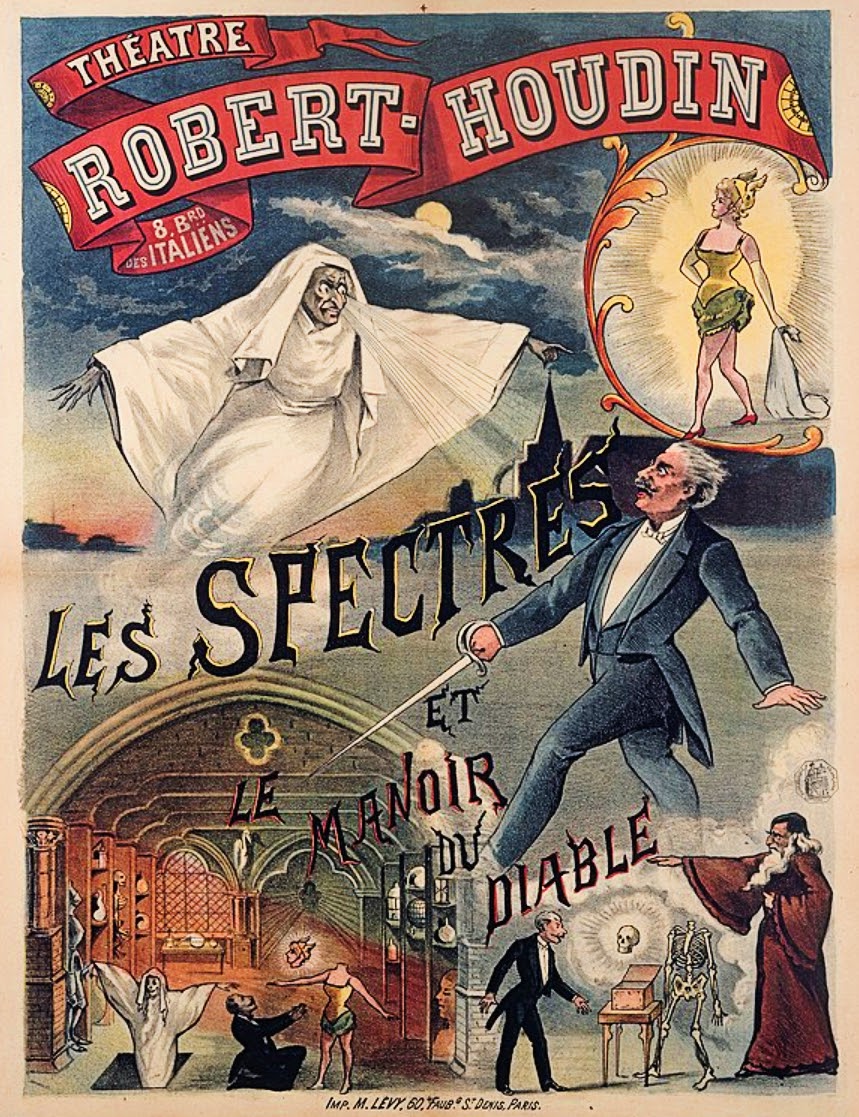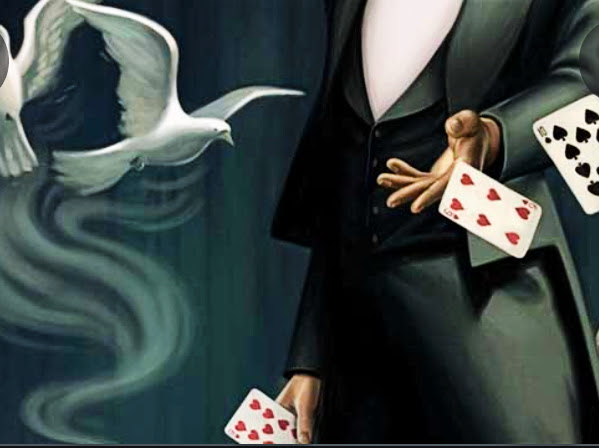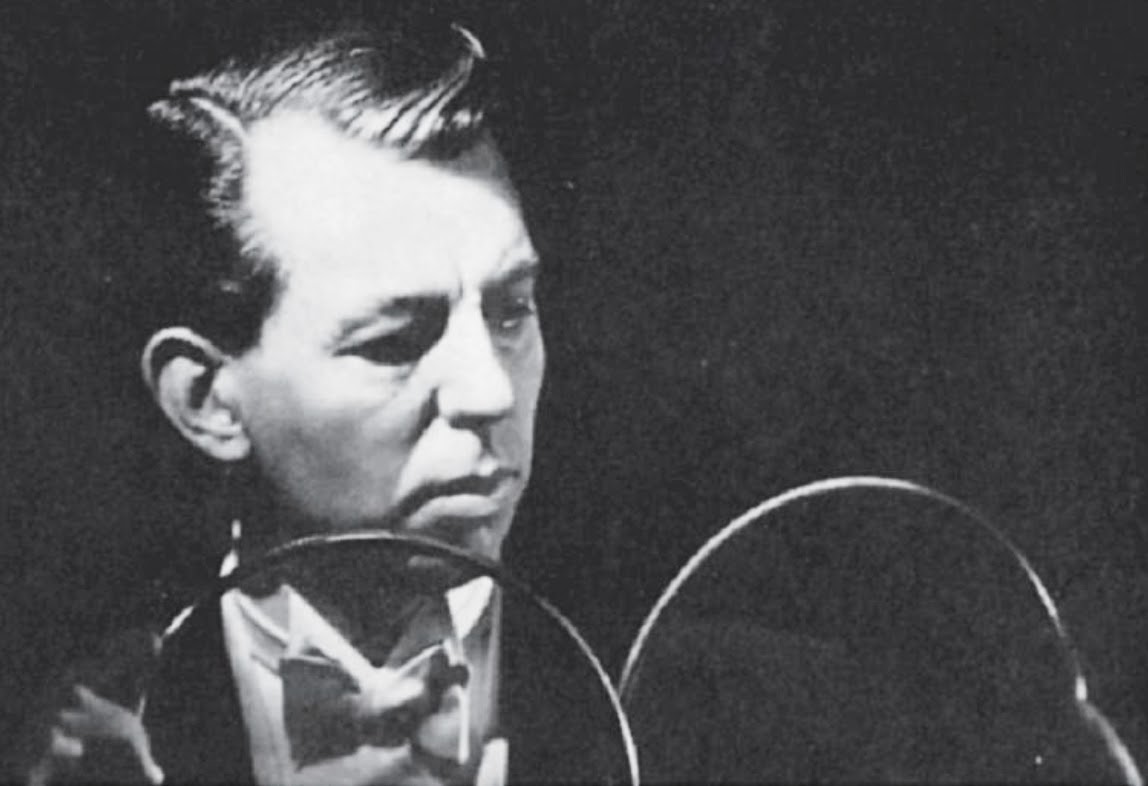How Magicians Use Their Dark Arts for Spying
Spies and magicians have more in common than their love of secrets, deception, and disappearing tricks - all integral parts of spycraft and stagecraft. They both swear an oath of secrecy, their work must elude close scrutiny, and they learn sneaky ways to pass messages and materials without detection.
Intelligence analysts must be as familiar as magicians with methods of deception as they almost always work with incomplete data against adversaries who plot to mislead them.
"Counterintelligence officers - people who specialize in catching spies - work in a part of the profession so labyrinthine that it is often called a 'wilderness of mirrors' - a phrase, of course, with magical overtones," The Official CIA Manual of Trickery and Deception notes.
In fact, the history of espionage is sprinkled with magic dust.

CIA magician John Mulholland
John Mulholland, born in 1898, started performing at the age of five, later honing his skills in the back of Martinka’s magic shop in New York City. During the Cold War, the CIA paid him $3,000 to write a top-secret guide on trickery.
Mulholland certainly wasn’t the only magician or illusionist to answer his country’s call of duty, however.

Jean-Eugène Robert-Houdin & the French Army
The ‘father of magic’, French conjurer Jean-Eugène Robert-Houdin, opened Paris’ Soirées Fantastiques in 1845. He was so talented the French Army asked him for help battling a wizard-incited insurrection in French Algeria. Algerian ‘marabouts’ were using glass eating, fire walking, and snake charming to build credibility as religious prophets bent on driving out French occupiers. Robert-Houdin’s mission was to out-magic the wizards, discredit them, and quell the uprising.

Houdini & Scotland Yard
Young Hungarian magician Ehrich Weiss renamed himself 'Harry Houdini', in honor of his French hero, and used his traveling magic show as a cover for spying in Europe. The escape artist taught Britain’s Scotland Yard how to pick locks, and spied on the German and Russian militaries in WWI, according to The Secret Life of Houdini.
"The brand new social experience where you activate your gaming skills as you train like a spy."
- TimeOut
Take on thrilling, high-energy espionage challenges across different game zones.


Wilbur Weber, Department of Justice magician
Back home in the US, Houdini rallied colleagues at the Society of American Magicians to pledge allegiance to President Woodrow Wilson and the US war effort in WWI. They rose to the challenge. The Department of Justice hired magician Wilbur Weber to conduct counterintelligence on suspected German spies operating in the Northwest US, using his magic tour as a cover for espionage.

Archie Engel, undercover magician for the DoJ
Washington magician Archie Engel went undercover for the US Department of Justice, while Charles Mendelsohn worked in cryptography. Dr. Maximilian Toch, a New York magician and chemist, became an expert in military camouflage, developing the ‘battleship gray’ color used by the US Navy.
Armed Forces mindreader Joseph Dunninger
Joseph Dunninger, one of the premier mind readers in the US until his death in 1975, advised the Armed Forces on camouflage, while John Scarne - card expert and magician - entertained US soldiers and taught them how to avoid being cheated at craps, gambling, and cards.

Jasper Maskelyne & Britain's Royal Engineers
As WWII dawned, it was time for magicians to take center stage again. Jasper Maskelyne, the seventh generation of Maskelyne stage magicians, joined Britain’s Royal Engineers for camouflage training in the 1940s. Maskelyne boasted about creating the illusion of a German warship on the Thames River using mirrors. Some even credit him with using flashing lights to ‘hide’ the Suez Canal. According to Maskelyne’s book, Magic: Top Secret, he excelled in extravagant deceptions, including stretching a painted canvas over a tank to disguise it - even a British reconnaissance pilot couldn’t spot it. Were Maskelyne’s claims smoke and mirrors? Julian Trevelyan, the British artist and WWII camouflage officer, recalled Maskelyne being called upon when anyone wished to ‘become invisible’ but, writing in Indigo Days, Trevelyan described the magician’s job as more of a Middle East entertainment’s officer.

Project MK-Ultra
When the US entered WWII in 1941, magicians were back on the frontline of espionage - in particular John Mulholland. The US military distributed 100,000 copies of his book - The Art of Illusion: Magic for Men To Do (1944) - to US soldiers. During the ensuing Cold War between Washington and Moscow, Mulholland was tapped to become a CIA consultant on the controversial Project MKUltra which involved brainwashing and LSD experiments.

Uri Geller, Mossad & the CIA
More recently, spoon-bender Uri Geller was revealed to be a ‘psychic spy’ for Mossad and the CIA in the BBC documentary: The Secret Life of Uri Geller - Psychic Spy (2014). Filmmakers suggest the agencies relied on Geller’s paranormal abilities for more than three decades, using his psychic powers during the IDF-Mossad 1976 mission to release 100 hostages trapped in Entebbe airport in Uganda. The showman has dropped strong hints that the stories are correct, but some critics fear the master illusionist may be bending the truth.
SPYSCAPE+

Join now to get True Spies episodes early and ad-free every week, plus subscriber-only Debriefs and Q&As to bring you closer to your favorite spies and stories from the show. You’ll also get our exclusive series The Razumov Files and The Great James Bond Car Robbery!


Gadgets & Gifts
Explore a world of secrets together. Navigate through interactive exhibits and missions to discover your spy roles.
Your Spy Skills
We all have valuable spy skills - your mission is to discover yours. See if you have what it takes to be a secret agent, with our authentic spy skills evaluation* developed by a former Head of Training at British Intelligence. It's FREE so share & compare with friends now!
* Find more information about the scientific methods behind the evaluation here.


Stay Connected
Follow us for the latest
TIKTOK
INSTAGRAM
X
FACEBOOK
YOUTUBE